Last week, NGO Plan India published its Gender Vulnerability Index in Delhi, close on the heels of the World Economic Forum’s Global Gender Gap Index. Plan India’s report highlighted large-scale regional disparities between different states in the country. As per the index, Goa was the safest place for women, while Bihar ranked the lowest. In an interview with Firstpost, Bhagyashree Dengle, the executive director of Plan India, said emphasised the need for statistical information on which action by governments, civil society organisations and communities can be based.[caption id=“attachment_3065256” align=“alignleft” width=“380”] 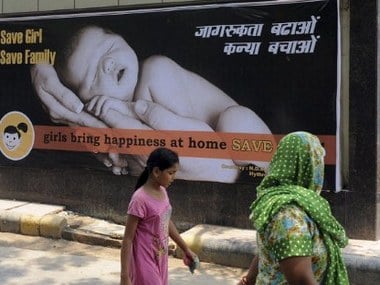 Representational image. AFP/File photo[/caption] What was the objective of the organisation behind conducting this study? Our work over the course of about 40 years has primarily been with children. Over the past few years, we have focused especially on girl children, as they face particular challenges and discrimination at every stage of their lives. Female foetuses are aborted even before they are born, more girls are malnourished than boys, more girls drop out from school than boys and so on. These disparities are because of social norms, attitudes as also policies and programmes. So, there is a need to evolve separate strategies to bring girls on par with boys. This can be done by identifying where the vulnerabilities with respect to gender equality lie. It is not just governments and CSOs who can make use of this index. We would want the community to take ownership of this data for their own betterment. Could you shed some light on the methodology through which you have arrived at this index? We have examined four key areas – protection, poverty, education and health and a number of indicators within these key areas. We have looked at the government’s own data on the well-being of girls and women-such as data from the National Family Health Survey, the Census and the National Sample Survey Office. Thus, the index shows the situation of girls and women according to the government’s own information. How does gender vulnerability intersect with other vulnerabilities like caste and economic background? Factors such as caste and economic background definitely add to the deprivation of a person. To give an example, think of a poor Dalit girl who has no father, and whose mother is affected by HIV-AIDS. Such a person would face would discrimination on many fronts. If there are limited resources, the girl’s needs would not be given priority. Further, the economic vulnerability could also be compounded by social stigma. A criticism of this report is that it leaves out transgender persons from its ambit. What is your response? There is no doubt that the situation of the third gender is a very important issue. However, we developed this report keeping the focus on our area of work, which is girls. Thus, our report focuses on the vulnerability of girls and women. There are organisations working with transgenders, who can come up with findings on the community.
There is a need to evolve separate strategies to bring girls on par with boys, says Plan India’s Bhagyashree Dengle.
Advertisement
End of Article


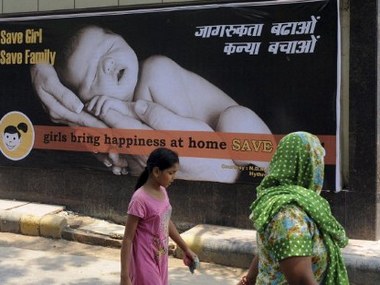)

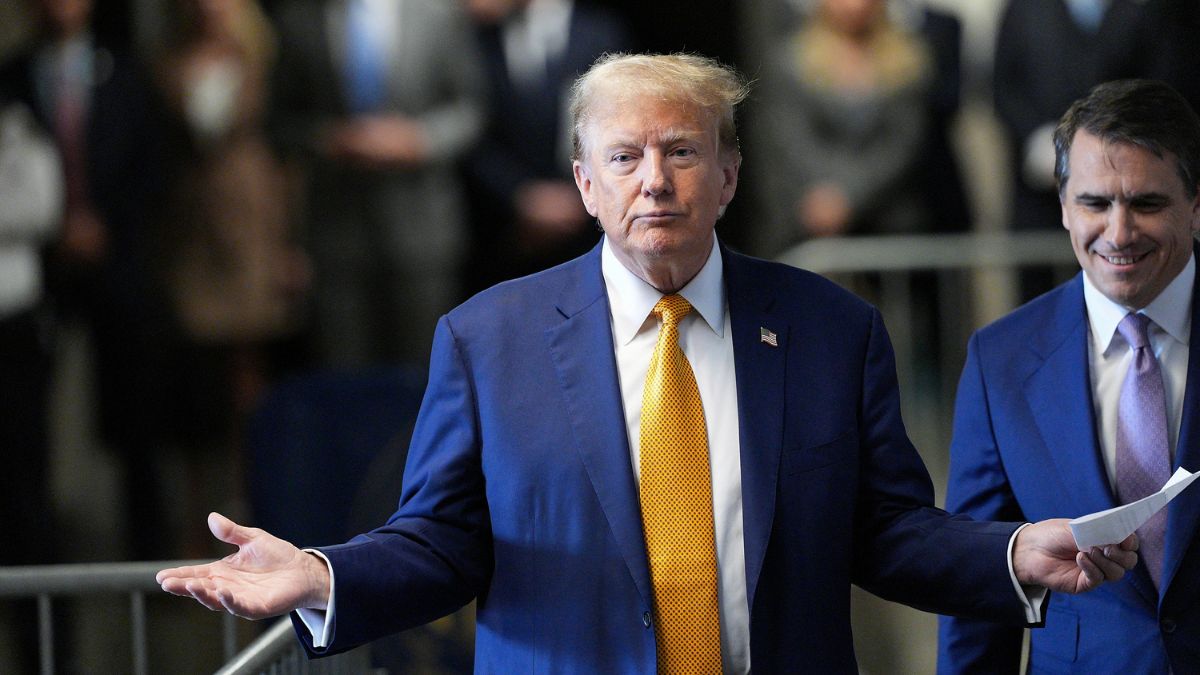)
)
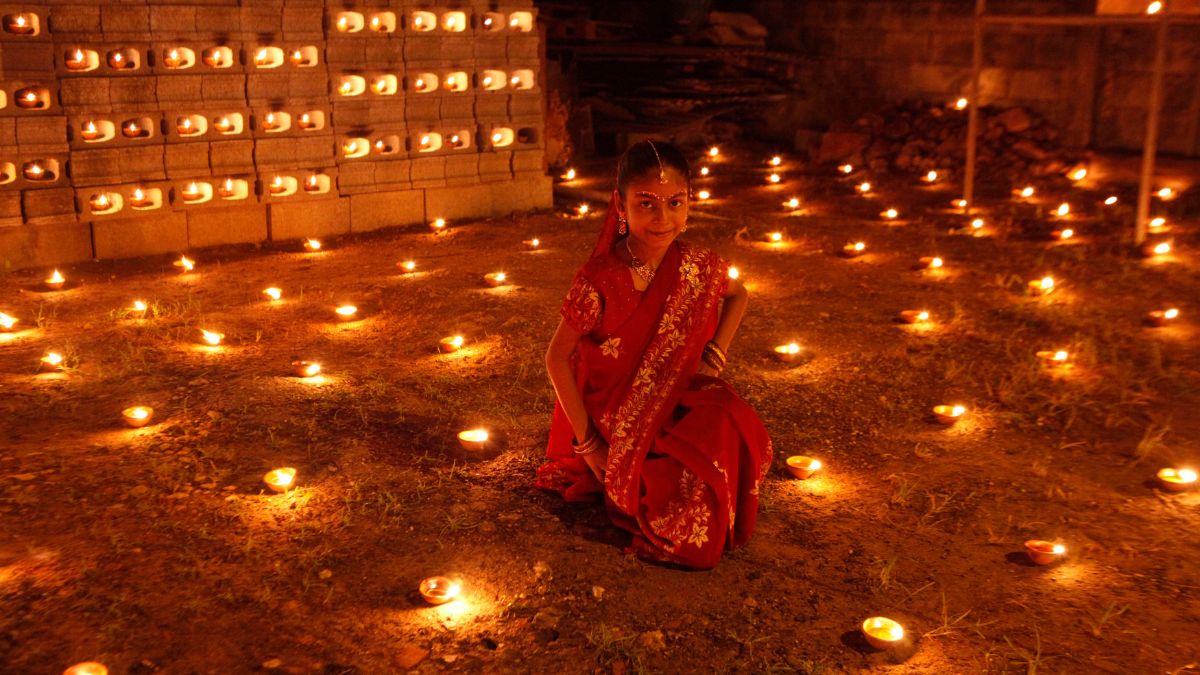)
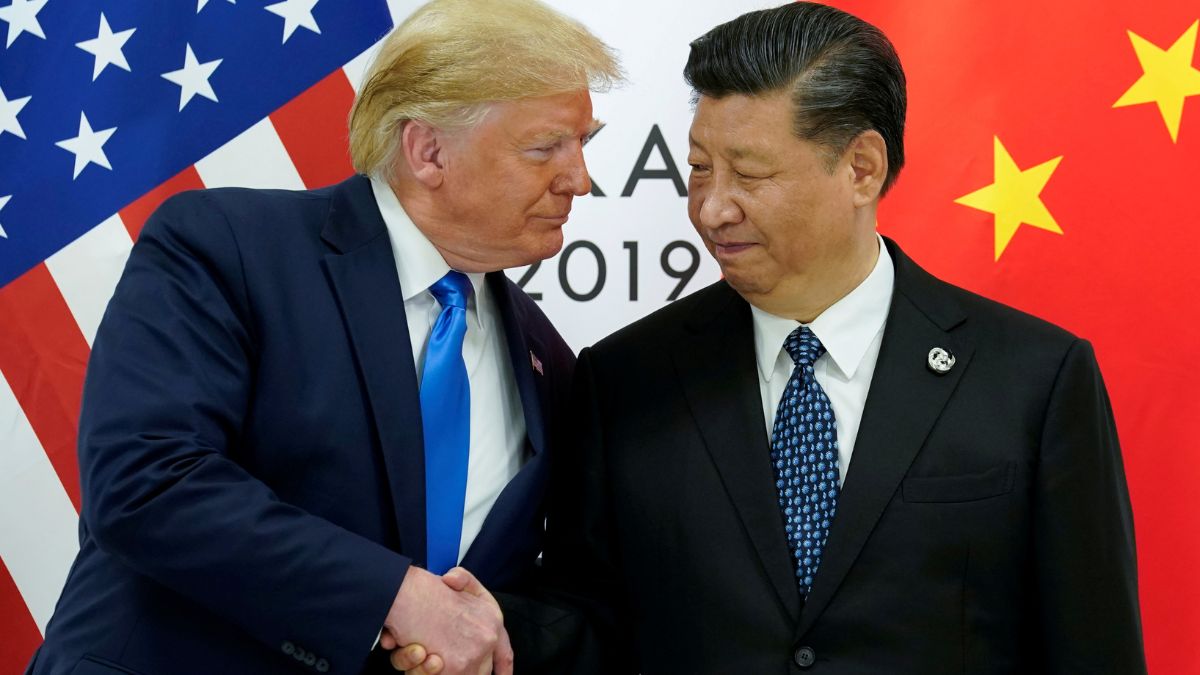)
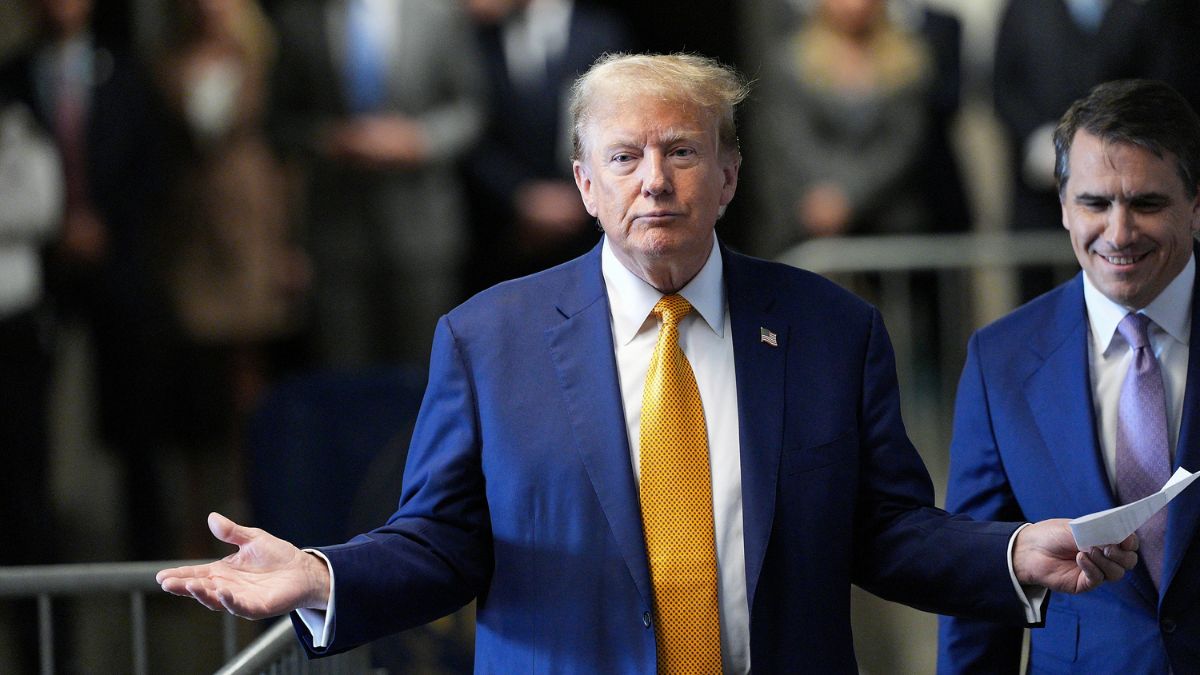)
)
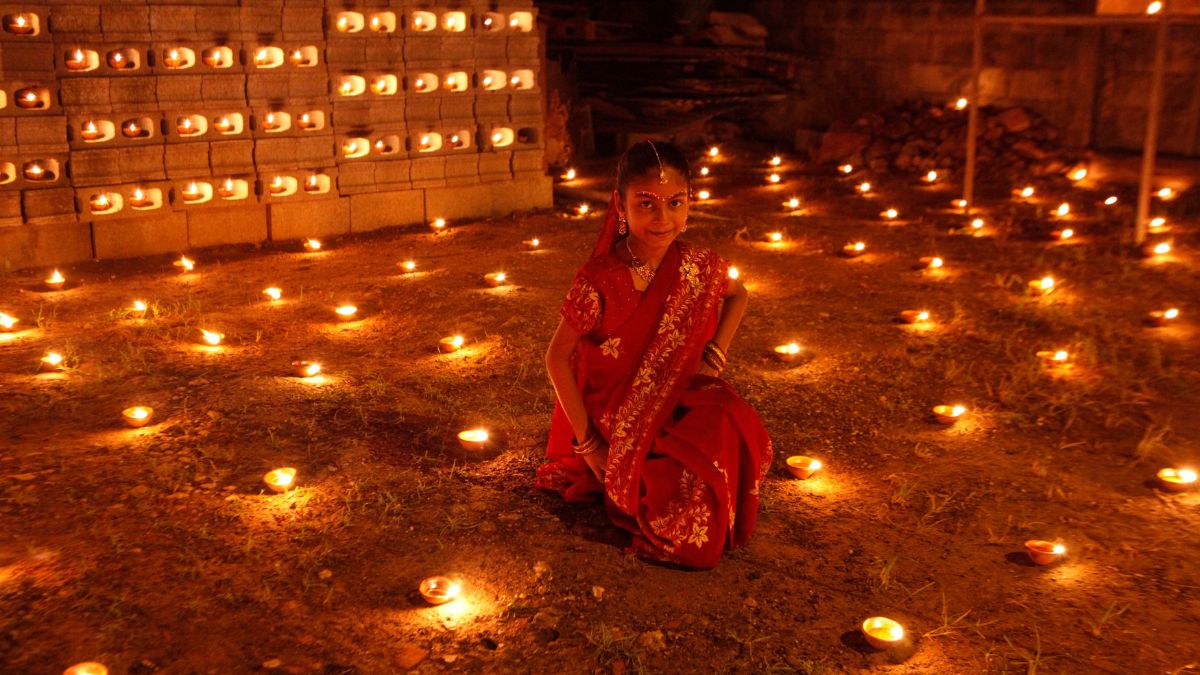)
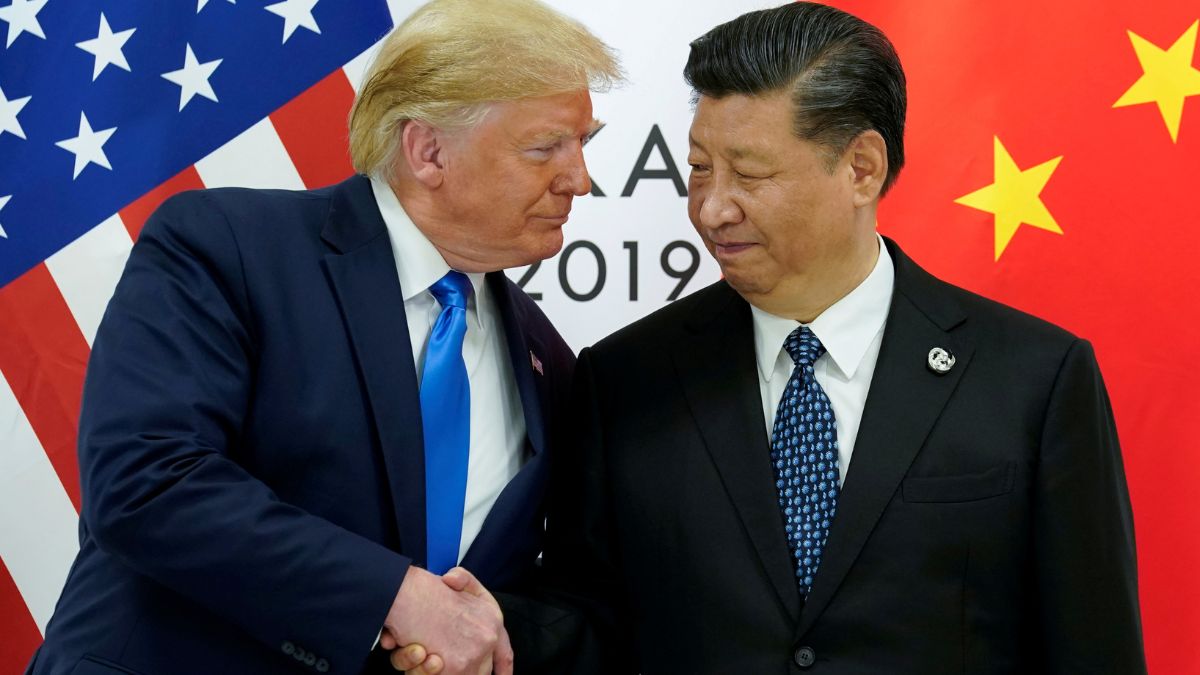)



